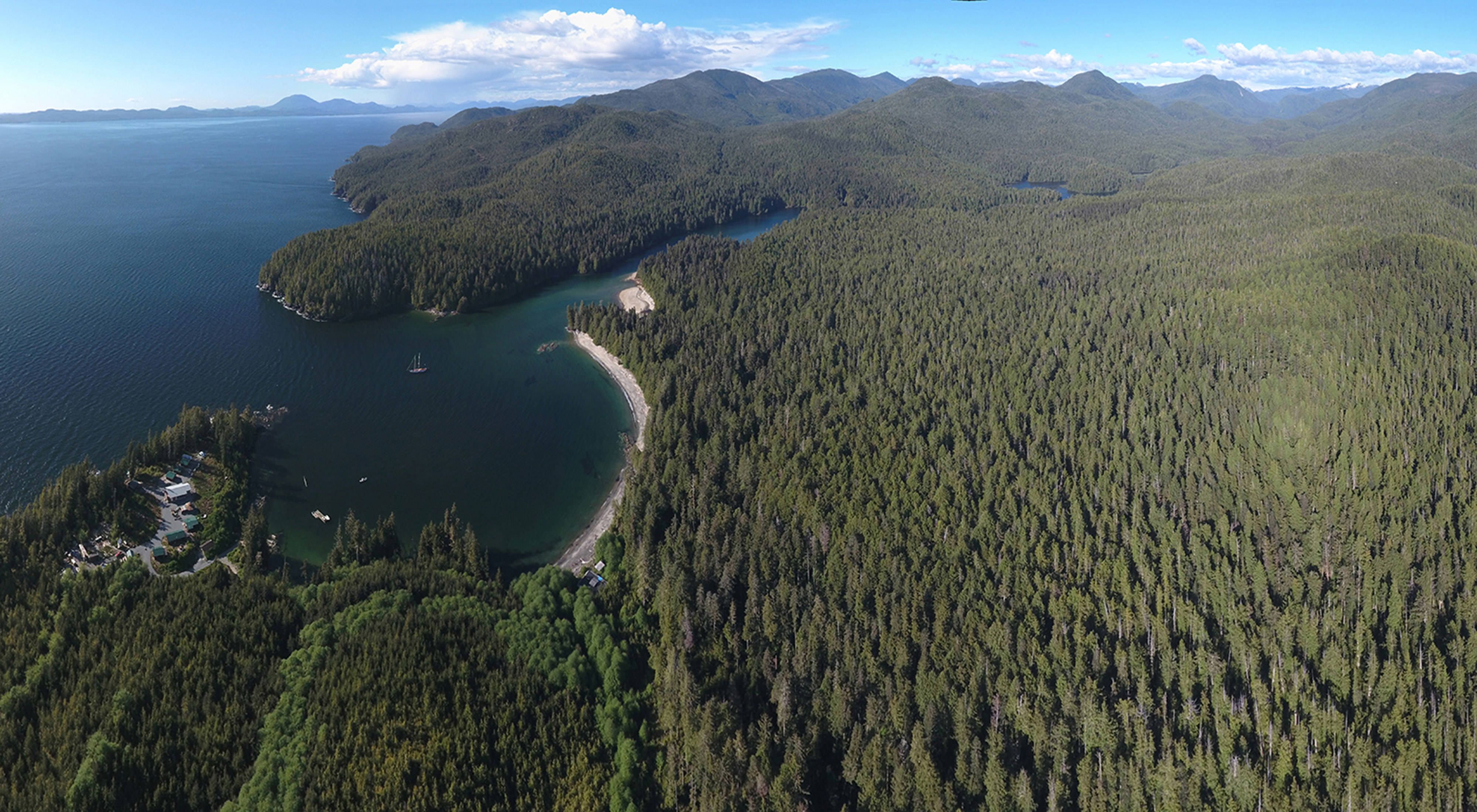Great Bear Rainforest Agreement
A Grand Vision for Environmental Protection and Economic Opportunity in the Great Bear Rainforest
On Feb. 1, 2016, Nature United joined our First Nations partners, the provincial government, other conservation organizations and the forestry industry in celebrating the completion of a groundbreaking pact in the Great Bear Rainforest, securing long term conservation and sustainable management in the heart of the Emerald Edge, the largest remaining coastal temperate rainforest on Earth.
The Road to Victory
The journey to this historic achievement began decades ago, in the wake of the divisive “War in the Woods,” but really gained traction in 2006 when the Conservancy was invited to help broker the initial Great Bear Rainforest Agreement covering 6.4 million hectares. In 2008, more than 2 million hectares of new protected areas were created alongside interim regulations designed to make forestry more sustainable over the rest of the region. With the completion of this final phase, an additional 1.6 million hectares of forest are being set aside from logging, with some of the world’s most stringent harvest standards being applied to the remainder of the Great Bear Rainforest.

Building New Leadership
Since 2006, The Nature Conservancy’s focus has been on strengthening the leadership of First Nations communities and the authority of their governments over resource-management decisions. To support the initial Great Bear Rainforest Agreement, the Conservancy raised $39 million to create the Coast Opportunity Funds, leveraging another $81 million in additional private and public funding to be made available to First Nations communities. These funds have been aimed at advancing economic development and capacity for resource management in the region. Almost all of the 27 First Nations that were part of this agreement have a natural resource management office or governance system. Many new First Nation businesses have also been produced as a result of the total $120-million investment.
The Conservancy has catalyzed a number of key programs in the region, including the Supporting Emerging Aboriginal Stewards (SEAS) Community Initiative. SEAS is an innovative youth leadership program rooted in experiential education and learning opportunities that foster a sense of place and identity. SEAS supports Indigenous youth getting out on the land and water, develops their leadership skills and connects them with elders and resource management professionals from their territory. More than 360 Indigenous youth per year have been involved in the SEAS program to date.
Next Steps in the Journey
This victory sets the stage for the next chapter of work, which focuses on marine conservation. After the creation of Coast Opportunity Funds, one of the first activities First Nation stewardship programs undertook was the development of visions for how marine waters in their territories should be used. These marine spatial plans identified more than 238 areas for protection and detailed how the remainder of this 25-million-acre area should be managed for future generations. In April, plans for implementing this vision in collaboration with the B.C. government were agreed to by 19 First Nations, making the coast of B.C. one of only a few places in the world with a complete Marine Use Plan and the only place where these plans were agreed to by both Indigenous people and the state.
Nature United is committed with our supporters to raise $2.5 million to help ensure the successful implementation of the initial five years of this marine agreement. Nature United will also be deeply engaged in the future of marine management, working with our partners to support a vision for protection and economic sustainability that is equally ambitious as the work completed to date.
